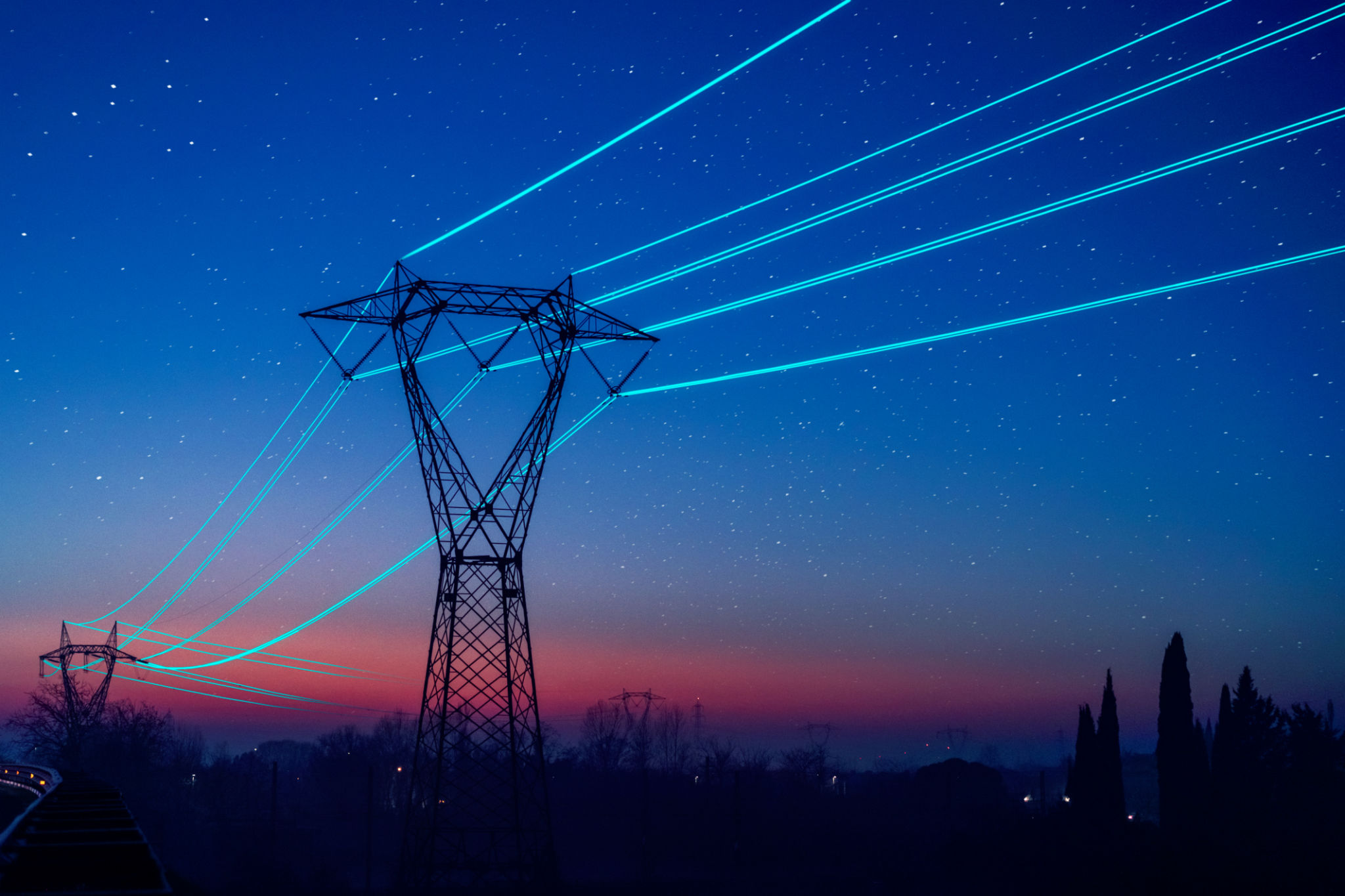Case Study: Successful Implementation of Bird Flight Diverters by Electric Utilities
Understanding Bird Flight Diverters
Bird flight diverters are innovative devices installed on power lines to prevent bird collisions. These diverters make power lines more visible to birds, helping them navigate safely through their natural habitats. As birds often collide with power lines due to their lack of visibility against the sky, these diverters play a crucial role in avian conservation.

Electric utilities have recognized the importance of implementing bird flight diverters as part of their sustainability and environmental stewardship initiatives. By doing so, they not only protect local wildlife but also minimize disruptions in electricity supply caused by bird collisions.
Benefits of Bird Flight Diverters
The implementation of bird flight diverters brings multiple benefits. Firstly, they significantly reduce bird mortality rates, aiding in the conservation of various bird species, some of which may be endangered. Secondly, these devices help maintain the reliability of electricity supply by reducing outages caused by bird collisions with power lines.
Moreover, the use of bird flight diverters can enhance the relationship between electric utilities and local communities. Communities appreciate efforts that demonstrate a commitment to environmental protection and wildlife conservation. This positive perception can lead to increased goodwill and customer loyalty.

Case Study: A Success Story
One notable case of successful bird flight diverter implementation is by a leading electric utility company in North America. This company identified key migratory routes where bird collisions were frequent and installed diverters along these transmission lines.
The results were remarkable. Within the first year, the utility reported a substantial decrease in bird fatalities and a corresponding reduction in power outages. This proactive approach not only improved their operational efficiency but also set a benchmark for other utilities aiming to enhance their environmental strategies.
Implementation Strategy
The successful deployment of bird flight diverters involved several strategic steps:
- Identifying high-risk areas through wildlife surveys and historical data analysis.
- Selecting appropriate types of diverters based on the specific environment and bird species present.
- Collaborating with wildlife experts and environmental organizations to ensure best practices.
- Continuous monitoring and evaluation to assess effectiveness and make necessary adjustments.

Challenges and Considerations
While the benefits are clear, implementing bird flight diverters also presents challenges. Utilities must consider the cost of installation and maintenance, as well as potential logistical difficulties in accessing remote power lines. Additionally, choosing the right type of diverter for different environments requires expertise and careful planning.
Despite these challenges, the long-term advantages outweigh the initial investments. The positive impact on biodiversity and ecosystem health is invaluable, and utilities can often offset costs through reduced outage expenses and improved public relations.
Future Prospects
As awareness of environmental sustainability grows, more electric utilities are expected to adopt bird flight diverters. Advances in technology may lead to the development of more efficient designs, further enhancing their effectiveness. Collaboration between utilities, conservation groups, and technology developers will be key to driving innovation in this field.
Ultimately, the successful implementation of bird flight diverters is a testament to how utilities can harmonize operational goals with ecological responsibility, paving the way for a greener future.